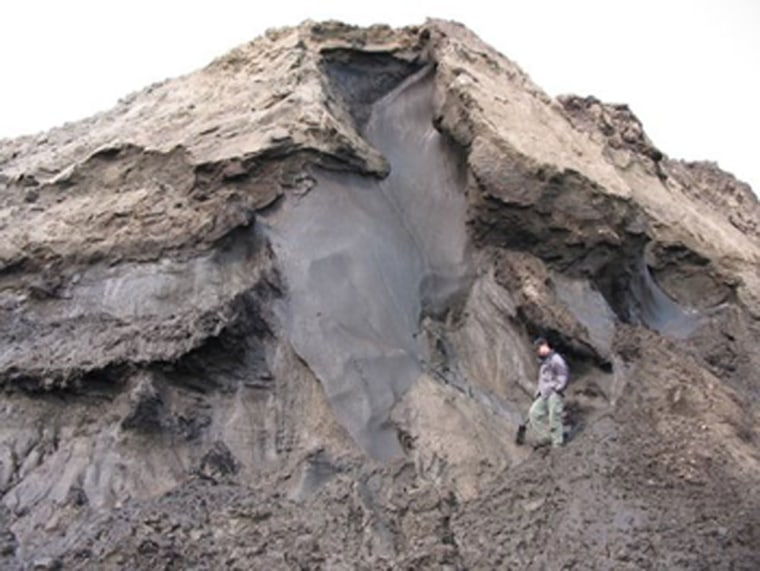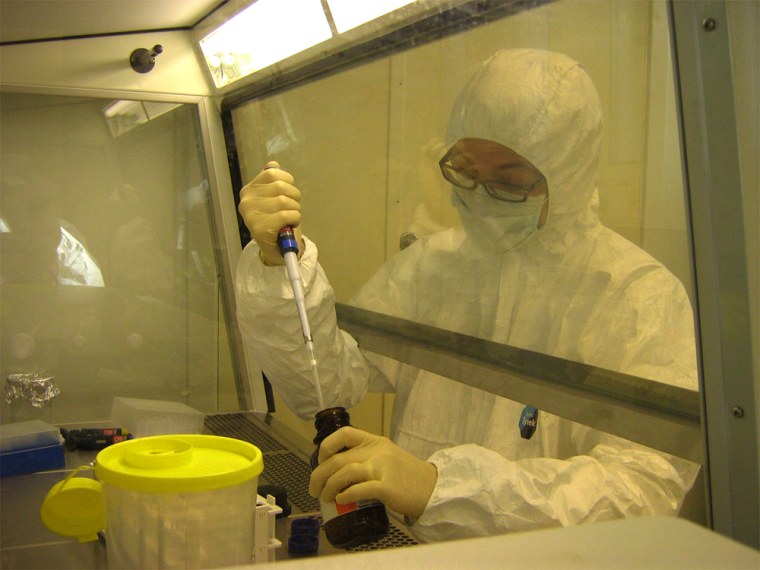Ancient bacteria can survive nearly half a million years in the harsh, frozen conditions of the Arctic and Antarctic, researchers said Monday in a study that suggests life could exist in Martian permafrost or ice-covered oceans on alien worlds.
The findings come just weeks after some of the same researchers reported recovering DNA more than a mile beneath Greenland's icy surface. The University of Copenhagen's Eske Willerslev, who was the principal researcher for both studies, said the latest find represents the oldest independently authenticated DNA to date obtained from living cells.
Willerslev said the DNA discoveries could offer clues to better understand aging — and point to the best places to look for traces of alien life as well. “When it can live half a million years on Earth, it makes it very promising it could survive on Mars for a very long time,” Willerslev said. “Permafrost would be an excellent place to look for life on Mars.”
The latest report was published online by the Proceedings of the Academy of Sciences. An international team, which included researchers from the United States, Canada, Russia and Sweden as well as Denmark, tested microbes found up to 33 feet (10 meters) deep in permafrost collected from Northern Canada, the Yukon, Siberia and Antarctica.
When a cell dies, its DNA tends to fragment into pieces — but the samples that the researchers studied were all long strands. That suggests that the cells in the permafrost could continuously repair genetic material and remain alive, said Willerslev.
“These cells are active cells repairing DNA to deal with continuous degradation of the genomes, which is the genetic material that is key to life,” he told the Reuters news agency in a telephone interview. “It is the same thing with humans.”

The scientists do not yet know the mechanism driving the continuous repair, but Willerslev said the cells survived by eating nutrients like nitrogen and phosphate lodged in the permafrost. This is interesting because the temperature on Mars is much colder with more stable temperatures, representing an even better environment to sustain this kind of life, he added.
The discovery of microbes on Earth that can exist in environments previously thought too hostile has fueled debate over extraterrestrial life. Researchers had known these microbes could survive for a long time without food, but until now there was little agreement on how long they could live, Willerslev said.
Willerslev and his colleagues said their findings may affect how future space probes look for life on Mars — or on Europa, a moon of Jupiter that is thought to harbor a liquid ocean beneath its icy surface.
"To the extent that extant life in permafrost and ice on Mars and Jupiter's moon Europa is thought to be similar to that on Earth, this study calls for further consideration of metabolically active microbes at subzero temperatures in designing life detection strategies," the researchers wrote.
Willerslev said pinpointing the key to microbial longevity also may help scientists better understand the aging process back here on Earth. "It is interesting to see why some cells can survive for a very long time," he said. "That can be a key for understanding aging."
This report includes information from Reuters and MSNBC.com.
